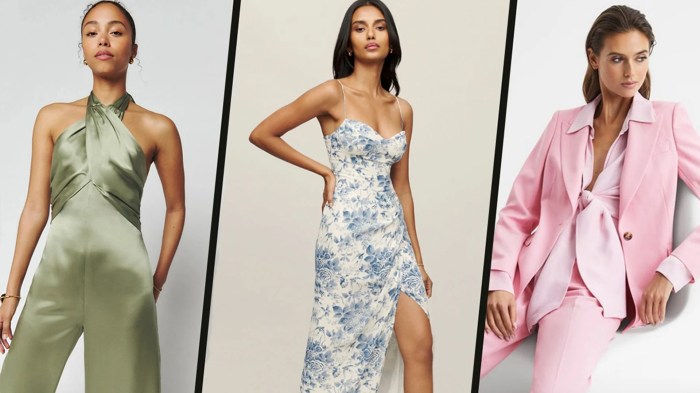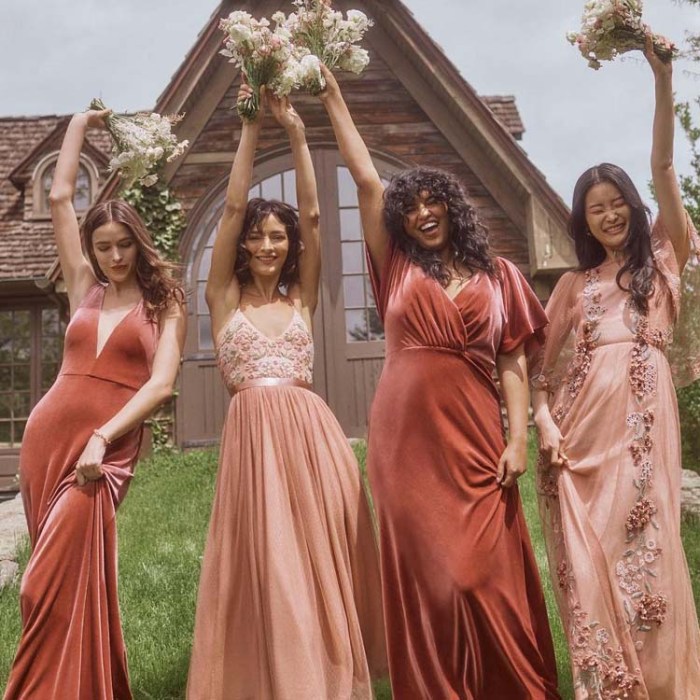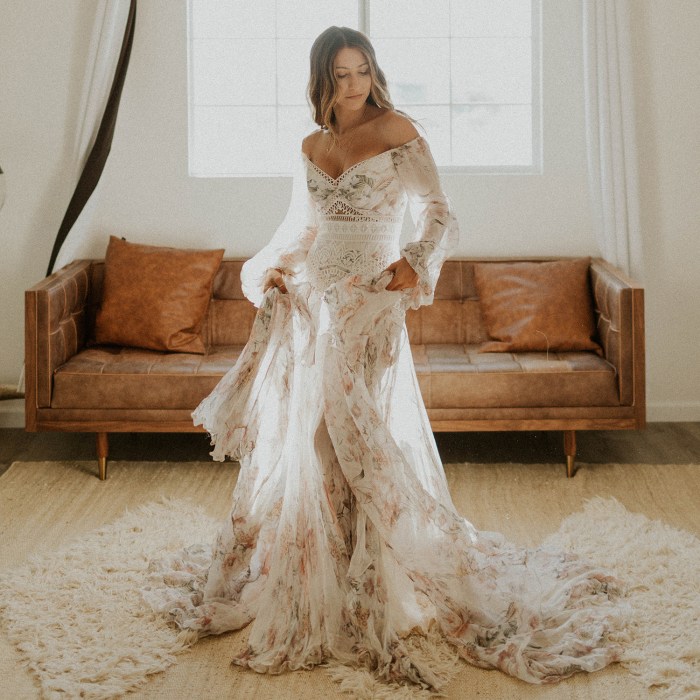Fabric Types for Wedding Dresses
Best material for wedding dress – Choosing the right fabric for your wedding dress is crucial; it significantly impacts the overall look, feel, and cost of your gown. The fabric you select will influence everything from the drape and silhouette to the comfort and seasonality of your dress. This section explores various fabric types, their properties, and their suitability for different wedding styles.
Choosing the best material for a wedding dress is crucial; the fabric significantly impacts the overall look and feel. For a timeless aesthetic, consider lightweight fabrics that drape beautifully, perfect for achieving the elegance found in many beautiful and simple wedding dresses. Ultimately, the ideal material depends on personal preference and the desired level of formality, but a careful selection ensures a stunning and comfortable gown.
Silk Wedding Dress Fabrics
Silk is a luxurious and timeless choice for wedding dresses, known for its lustrous sheen and soft drape. Several types of silk offer unique characteristics:
- Charmeuse: A smooth, lustrous silk with a subtle sheen, ideal for creating sleek, form-fitting silhouettes.
- Crepe de Chine: A slightly textured silk with a matte finish, offering a more relaxed and less formal look. It drapes beautifully and is comfortable to wear.
- Organza: A sheer, crisp silk with a stiff texture, often used for overlays, embellishments, or creating volume in skirts.
Satin Wedding Dress Fabrics
Satin is another popular choice, characterized by its smooth, glossy surface and luxurious drape. The weight and finish of satin vary significantly, influencing its suitability for different styles:
- Heavy Satin: Creates a structured and dramatic look, perfect for ball gowns or A-line dresses.
- Lightweight Satin: Offers a more fluid and less formal appearance, suitable for sheath or mermaid styles.
Lace Wedding Dress Fabrics
Lace adds a touch of romance and elegance to wedding dresses. Different lace types offer unique patterns and textures:
- Chantilly Lace: A delicate, floral lace with a soft, flowing drape, often used for overlays or veils.
- Alençon Lace: A more intricate and geometric lace with a crisp texture, suitable for structured gowns.
- Venise Lace: A heavier, more substantial lace with a rich, ornate pattern, often used for statement pieces.
Tulle Wedding Dress Fabrics
Tulle is a sheer, netting fabric known for its versatility. Its lightweight nature makes it ideal for creating volume and movement in skirts, often used in layers to create a full, romantic look. While delicate, it can be surprisingly durable.
Other Wedding Dress Fabrics
Several other fabrics are commonly used in wedding dresses, each offering unique properties:
- Crepe: A textured fabric with a slightly pebbled surface, offering a sophisticated and modern look. It drapes well and is suitable for various styles.
- Chiffon: A lightweight, sheer fabric with a delicate drape, often used for overlays or creating a flowing silhouette. Best suited for warmer seasons.
- Taffeta: A crisp, lustrous fabric with a slight sheen, offering a more formal and structured look. It holds its shape well and is suitable for various styles.
| Fabric Type | Drape | Texture | Suitability for Season |
|---|---|---|---|
| Silk (Charmeuse) | Fluid, Smooth | Lustrous, Smooth | Spring/Autumn/Winter |
| Satin | Fluid to Structured (depending on weight) | Smooth, Glossy | All Seasons |
| Lace | Varies depending on type | Delicate to Heavy | All Seasons |
| Tulle | Soft, Flowing | Sheer, Netting | All Seasons |
| Crepe | Good Drape | Slightly Pebbled | All Seasons |
| Chiffon | Flowing, Sheer | Lightweight, Delicate | Spring/Summer |
| Taffeta | Structured | Crisp, Lustrous | All Seasons |
Sustainability and Ethical Considerations
Increasingly, brides are prioritizing sustainability and ethical considerations when choosing their wedding dress fabric. This section explores eco-friendly options and the importance of fair labor practices.
Sustainable and Ethically Sourced Fabrics
Several fabrics offer a more sustainable and ethical alternative to conventionally produced materials:
- Organic Cotton: Grown without harmful pesticides and fertilizers, reducing its environmental impact.
- Recycled Materials: Fabrics made from recycled fibers minimize waste and reduce reliance on virgin resources. Examples include recycled polyester and silk.
- Tencel (Lyocell): A sustainable fabric made from wood pulp using a closed-loop process that minimizes water and chemical usage.
Environmental Impact of Fabric Production
Different fabric production methods have varying environmental impacts. For example, conventional cotton farming often involves significant pesticide use and water consumption, while synthetic fabrics rely on petroleum-based resources and contribute to microplastic pollution. Choosing sustainably produced fabrics significantly reduces the environmental footprint of your wedding dress.
Fair Labor Practices in the Wedding Dress Industry, Best material for wedding dress
It’s crucial to support brands committed to fair labor practices. This ensures workers receive fair wages, safe working conditions, and reasonable hours. Look for certifications such as Fair Trade or certifications from organizations dedicated to ethical manufacturing.
Examples of Sustainable and Ethical Wedding Dress Brands
Several designers and brands are leading the way in sustainable and ethical wedding dress production. Researching and supporting these brands contributes to a more responsible industry. Examples include (but are not limited to) brands that openly share their supply chain information and ethical production practices.
Infographic: Environmental Footprint of Wedding Dress Fabrics
The infographic would visually compare the environmental impact of different fabrics using a bar graph or other visual representation. The horizontal axis would list various fabrics (e.g., organic cotton, conventional cotton, silk, polyester), while the vertical axis would represent the environmental impact measured by factors like water usage, carbon emissions, and pesticide use. Each bar would be color-coded to represent the fabric type, and the height would visually represent the relative environmental impact.
A key would explain the units used for measurement. The infographic would highlight the significant differences in environmental impact between sustainable and conventional fabrics, encouraging brides to make informed choices.
Budget and Fabric Cost
Fabric choice significantly impacts the overall cost of a wedding dress. Understanding the price ranges of different fabrics helps in budgeting effectively.
Price Ranges of Wedding Dress Fabrics
Fabric prices vary widely depending on factors like quality, type, and sourcing. Generally, silk and lace tend to be more expensive than cotton or polyester.
Impact of Fabric Choice on Overall Dress Cost
The fabric accounts for a substantial portion of a wedding dress’s cost. More luxurious fabrics like silk and high-quality lace will naturally increase the overall price.
Tips for Finding Affordable Yet High-Quality Fabrics
Consider using less expensive fabrics for the lining or underlayers while opting for a more luxurious fabric for the outer layer. Look for sales and discounts, and consider purchasing fabric remnants or end-of-bolt deals.
Relationship Between Fabric Weight and Cost
Generally, heavier fabrics tend to be more expensive than lighter ones due to the increased amount of material required and the complexity of working with them. For example, heavy satin is typically more expensive than lightweight chiffon.
Fabric Cost Comparison (Per Yard, Approximate):
- Silk (Charmeuse): $30 – $100+
- Lace (High-End): $50 – $200+
- Satin (Heavy): $20 – $50
- Tulle: $5 – $20
- Crepe: $10 – $30
- Chiffon: $5 – $15
- Taffeta: $10 – $25
- Organic Cotton: $15 – $40
Fabric Choice Based on Wedding Style and Season
The fabric you choose should complement your wedding dress style and the season. This section explores fabric choices for different styles and seasons.
Fabric Choices for Different Wedding Dress Styles
- A-Line: Versatile, works well with various fabrics like satin, crepe, or lace.
- Ballgown: Often uses tulle, organza, or heavy satin to create volume.
- Mermaid: Typically uses heavier fabrics like satin or crepe to create a form-fitting silhouette.
- Sheath: Lightweight fabrics like crepe, silk charmeuse, or chiffon work well.
Fabric Choices for Different Seasons
- Summer: Lightweight fabrics like chiffon, cotton, or silk organza are ideal.
- Winter: Heavier fabrics like satin, velvet, or brocade provide warmth and structure.
- Spring/Autumn: Fabrics like crepe, silk charmeuse, or lace offer versatility.
Impact of Fabric Choice on Wedding Dress Look and Feel
Fabric choice significantly influences the overall look and feel of a wedding dress. Lightweight fabrics create a flowing, ethereal look, while heavier fabrics provide a more structured and dramatic appearance.
Examples of Wedding Dresses Showcasing Different Fabrics and Styles
- A classic A-line gown in silk charmeuse, creating a sleek and elegant silhouette.
- A romantic ballgown in layers of tulle and lace, showcasing a full and dreamy look.
- A modern mermaid gown in crepe, accentuating curves with a structured fit.
- A bohemian-style sheath dress in flowing chiffon, emphasizing a relaxed and effortless vibe.
Fabric Choice Complementing Wedding Theme or Venue
The fabric choice can enhance the overall theme and atmosphere of the wedding. For example, a rustic wedding might call for natural fabrics like cotton or linen, while a formal wedding might benefit from luxurious fabrics like silk or lace. The venue’s style and setting should also be considered.
Fabric Care and Maintenance: Best Material For Wedding Dress
Proper care and maintenance are essential to preserve your wedding dress for years to come. This section provides guidance on cleaning, storage, and preservation.
Caring for Different Wedding Dress Fabrics
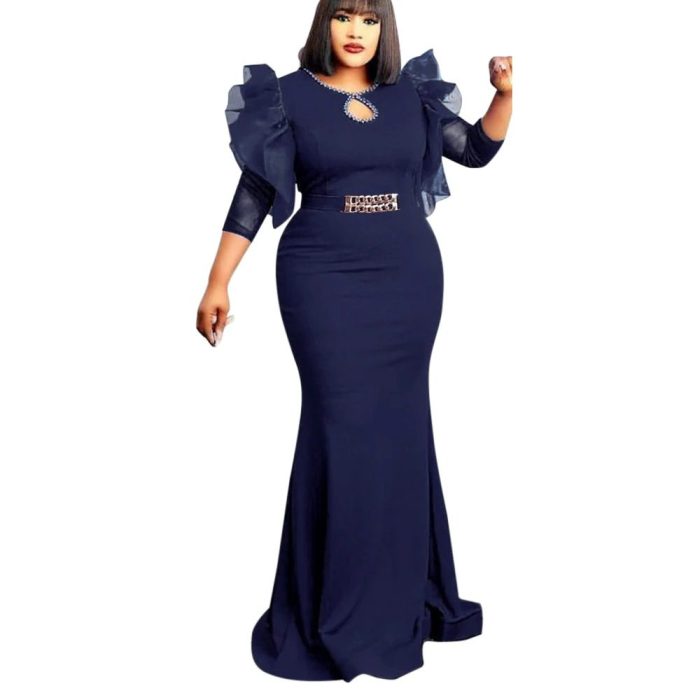
Source: africanboutique.in
Different fabrics require specific care instructions. Always refer to the care label on your dress or consult a professional cleaner for guidance. General tips include avoiding harsh chemicals, using gentle detergents, and air-drying whenever possible.
Potential Risks of Improper Fabric Care
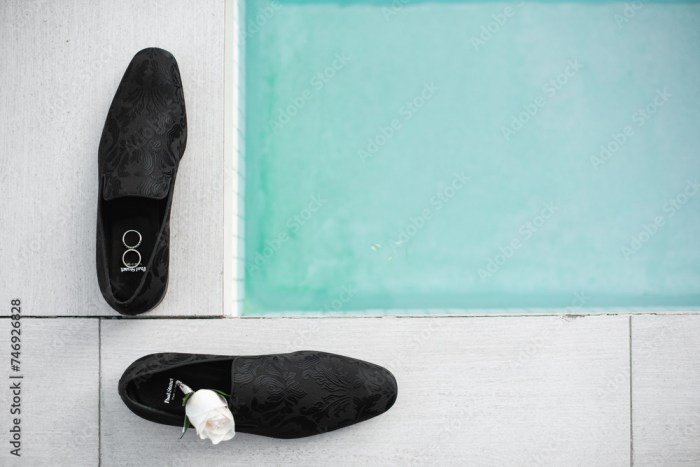
Source: ftcdn.net
Improper care can damage the fabric, leading to discoloration, shrinking, or even tearing. It’s crucial to follow the recommended care instructions to maintain the dress’s condition.
Specific Care Instructions for Common Wedding Dress Fabrics
Detailed instructions for each fabric type are crucial for maintaining the quality of the garment. For example, silk should be dry-cleaned, while cotton can be machine washed on a gentle cycle.
Checklist for Post-Wedding Dress Cleaning and Storage
- Spot clean any visible stains immediately after the wedding.
- Have the dress professionally cleaned as soon as possible.
- Store the dress in a breathable garment bag in a cool, dry place.
- Avoid direct sunlight or extreme temperatures.
Spot-Cleaning Guide for Wedding Dress Fabrics
- Silk: Gently blot stains with a clean, damp cloth. Avoid rubbing.
- Lace: Carefully dab stains with a soft brush and mild detergent.
- Tulle: Blot stains gently with a damp cloth. Avoid harsh scrubbing.
- Satin: Blot stains gently with a damp cloth. Avoid rubbing.
FAQ Summary
Can I mix different fabrics in my wedding dress?
Absolutely! Many designers incorporate multiple fabrics to create unique textures and styles. This can be a great way to combine the best qualities of different materials.
How do I know if a fabric is ethically sourced?
Look for certifications like GOTS (Global Organic Textile Standard) or Fair Trade. Also, research the brands and designers you are considering, and check their websites for information about their sourcing and production practices.
What is the best way to clean a delicate lace wedding dress?
Always consult a professional dry cleaner specializing in wedding gowns. They have the expertise and equipment to handle delicate fabrics like lace without causing damage.
How long should I expect to wait for a custom-made wedding dress?
This varies greatly depending on the designer and the complexity of the dress. Allow ample time, ideally several months, to ensure your dress is ready for your wedding day.







